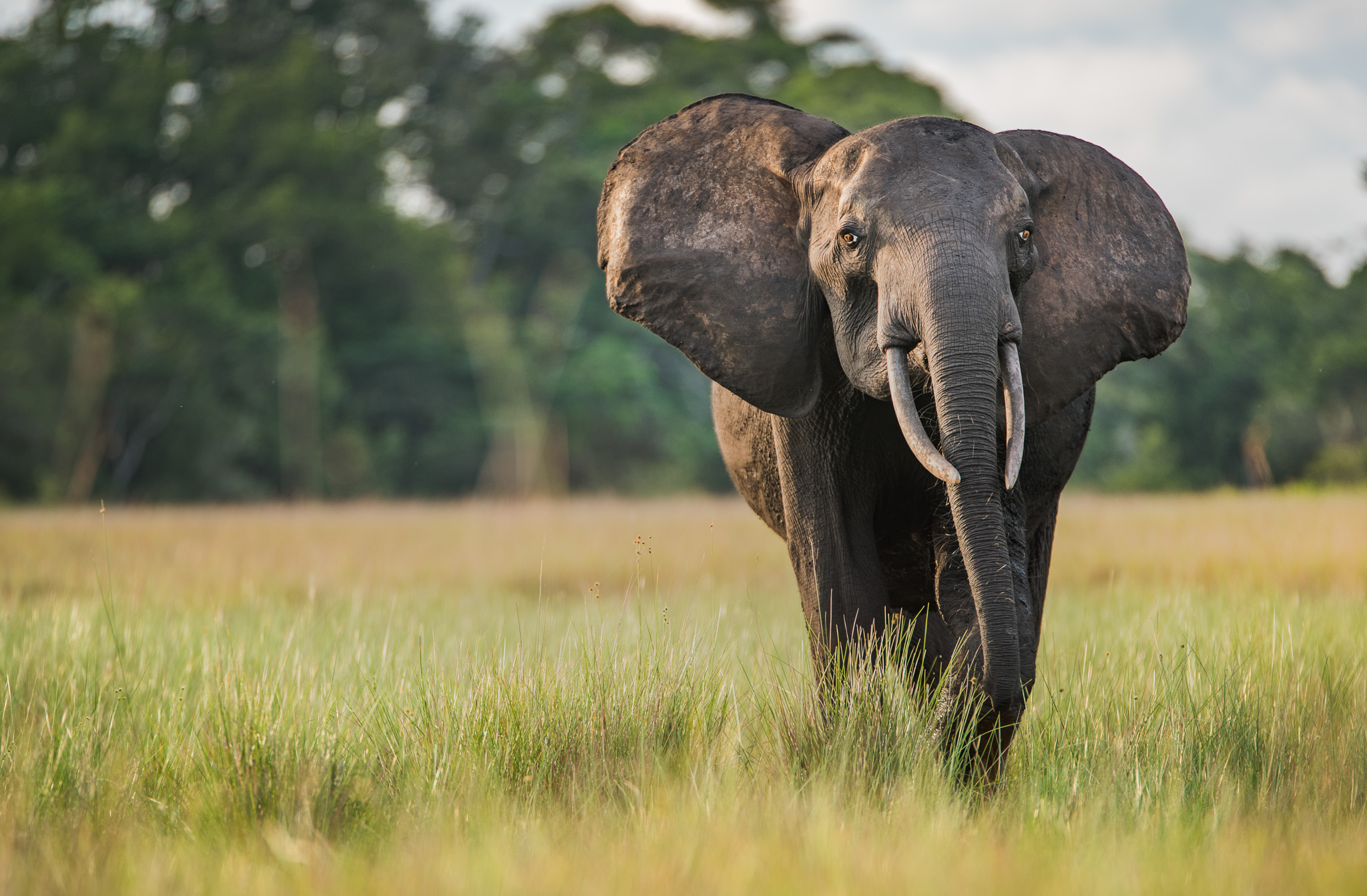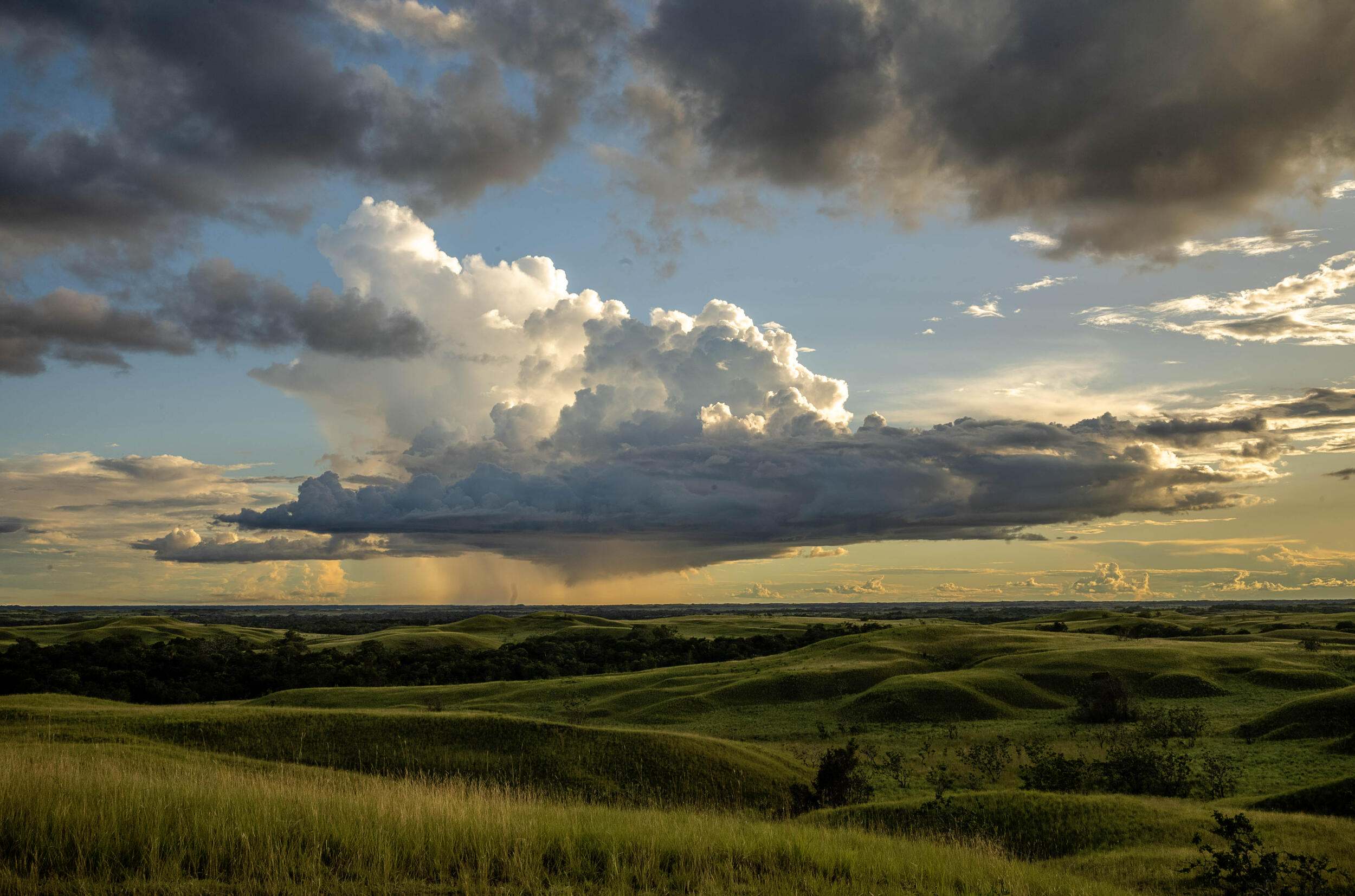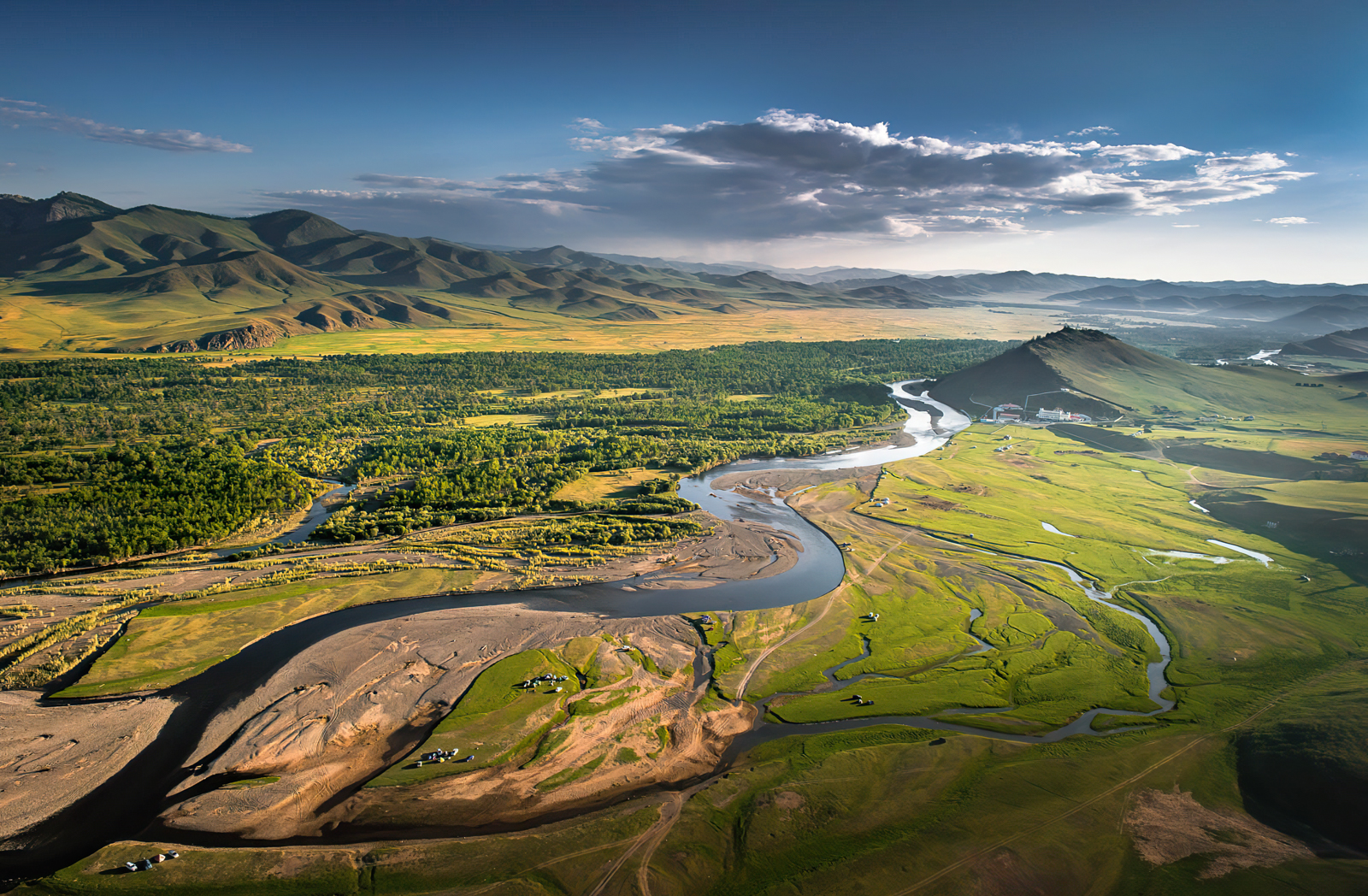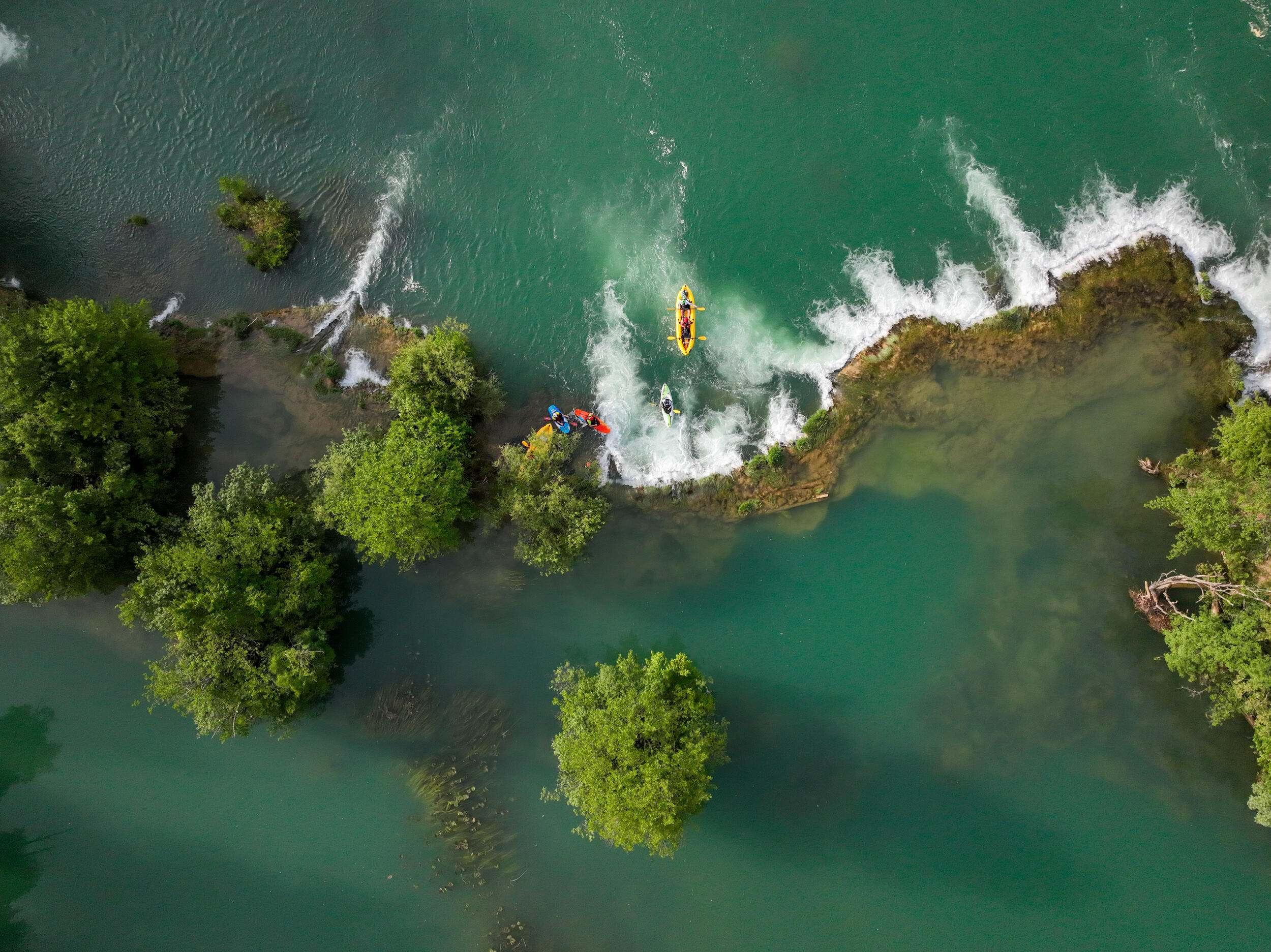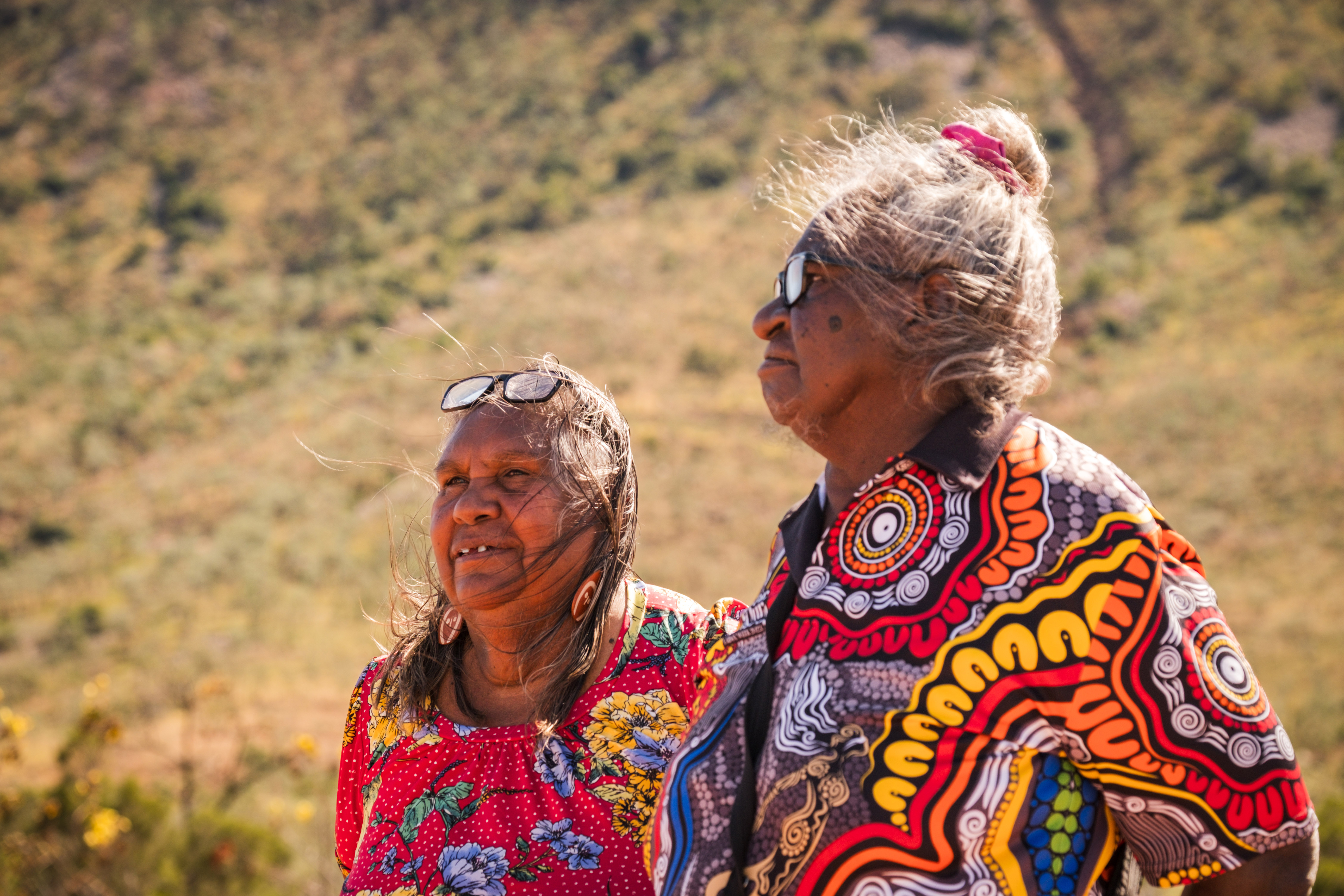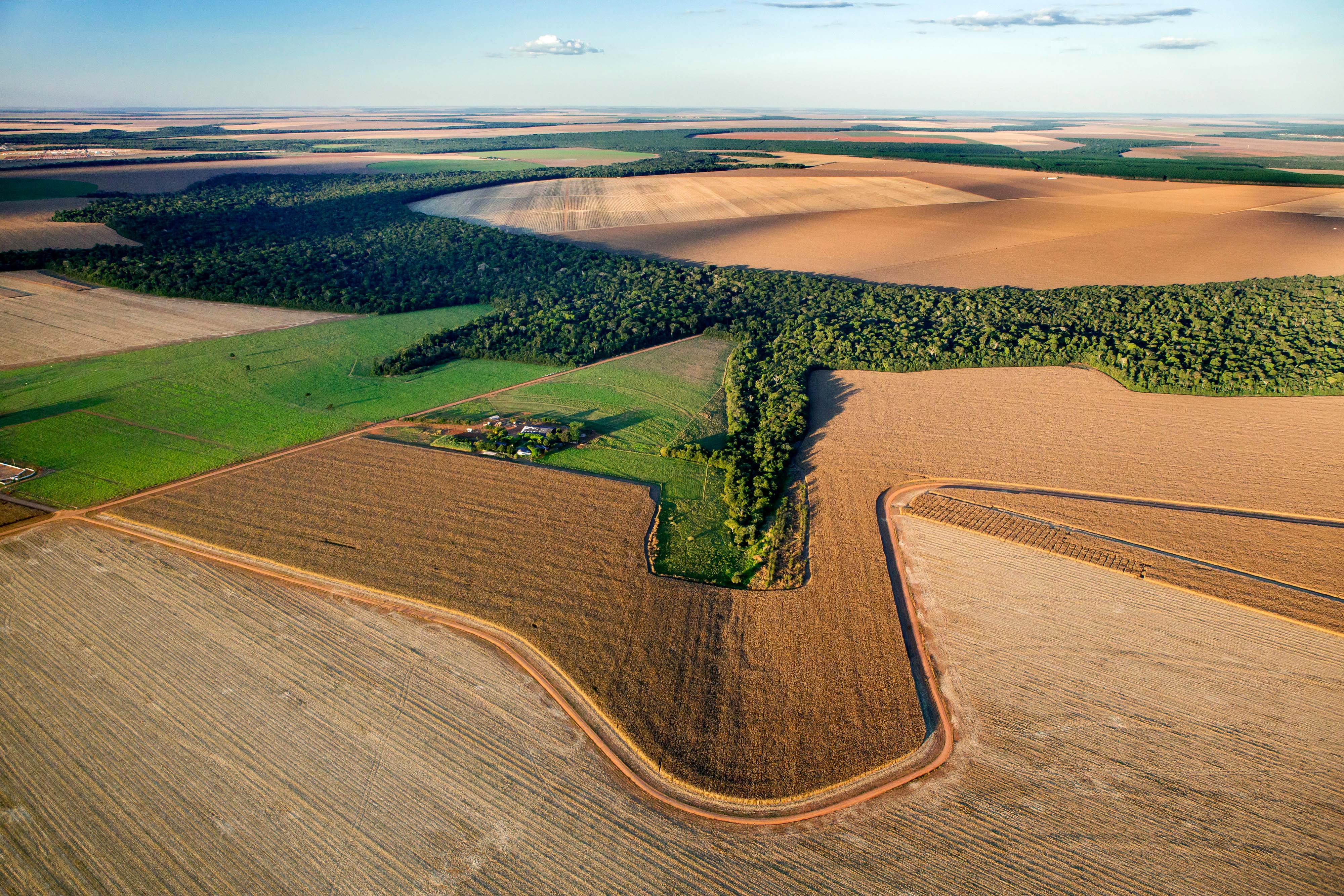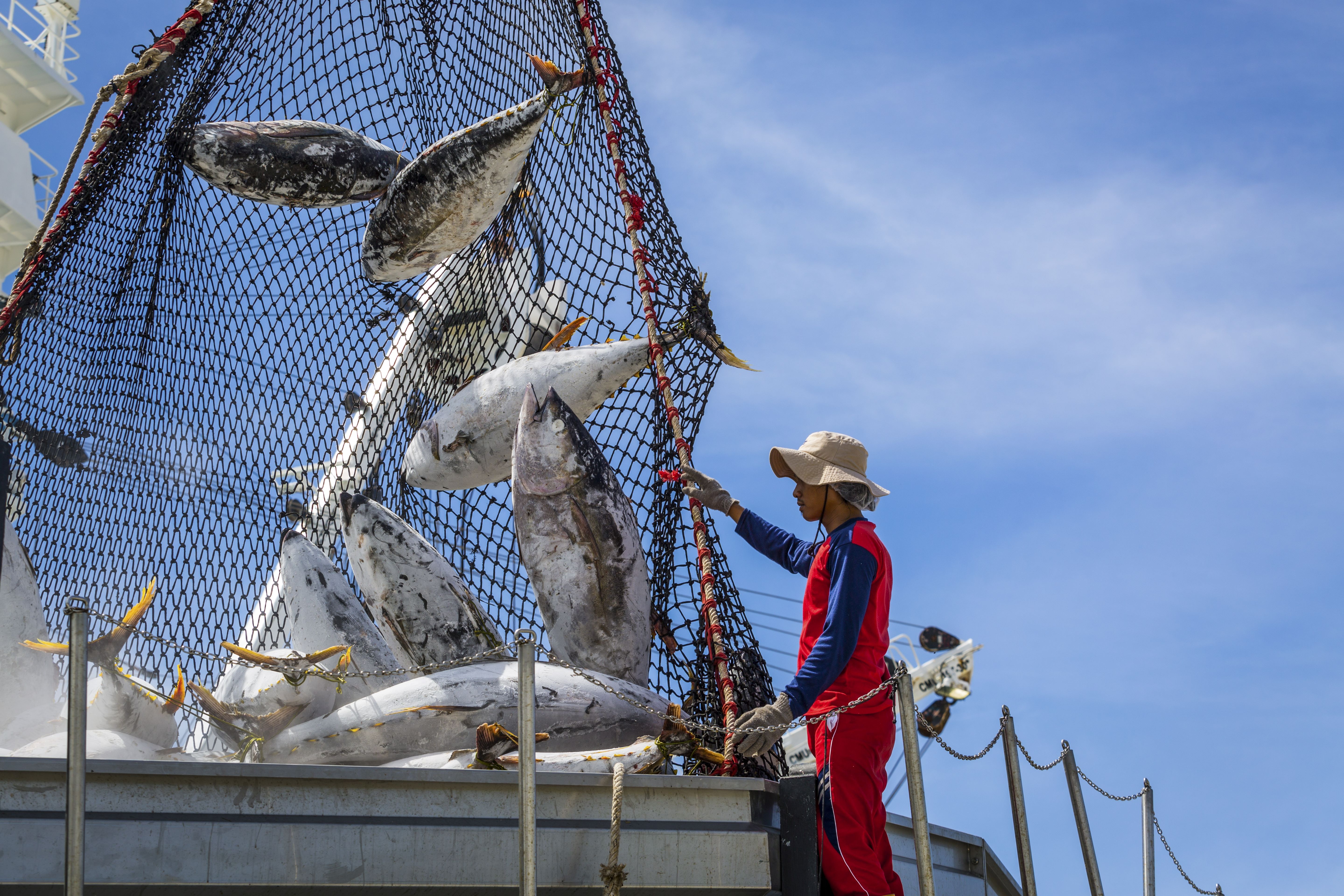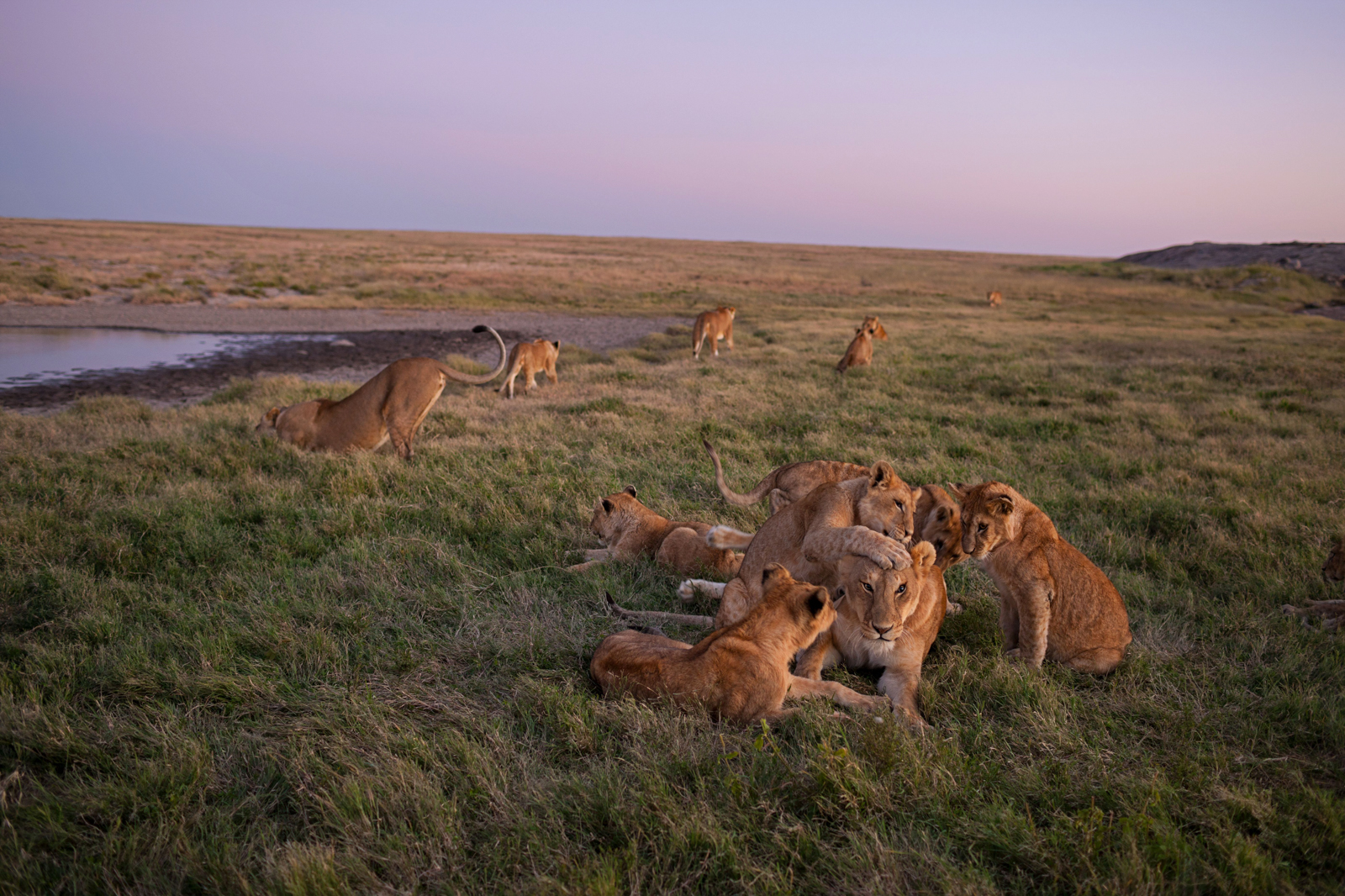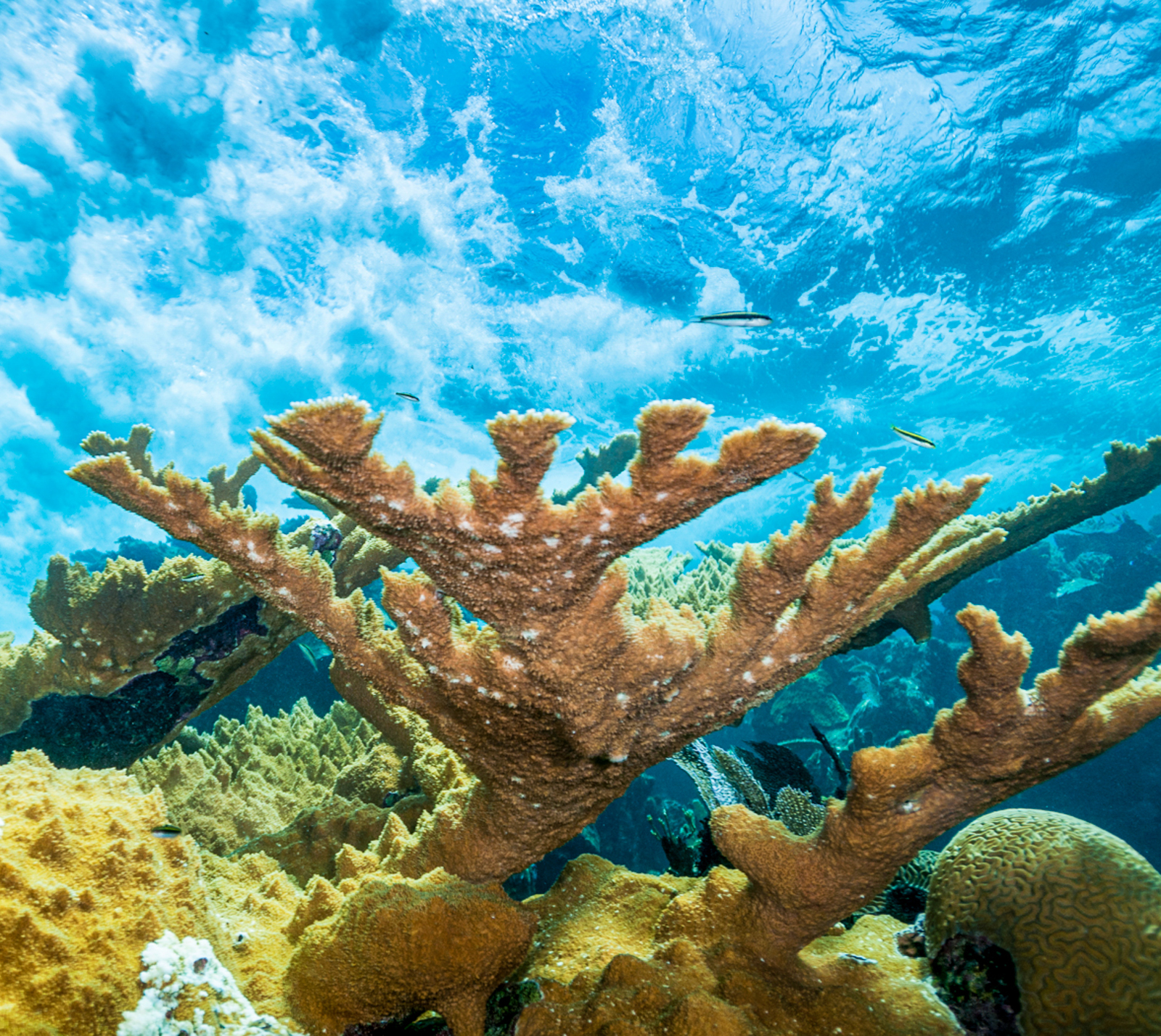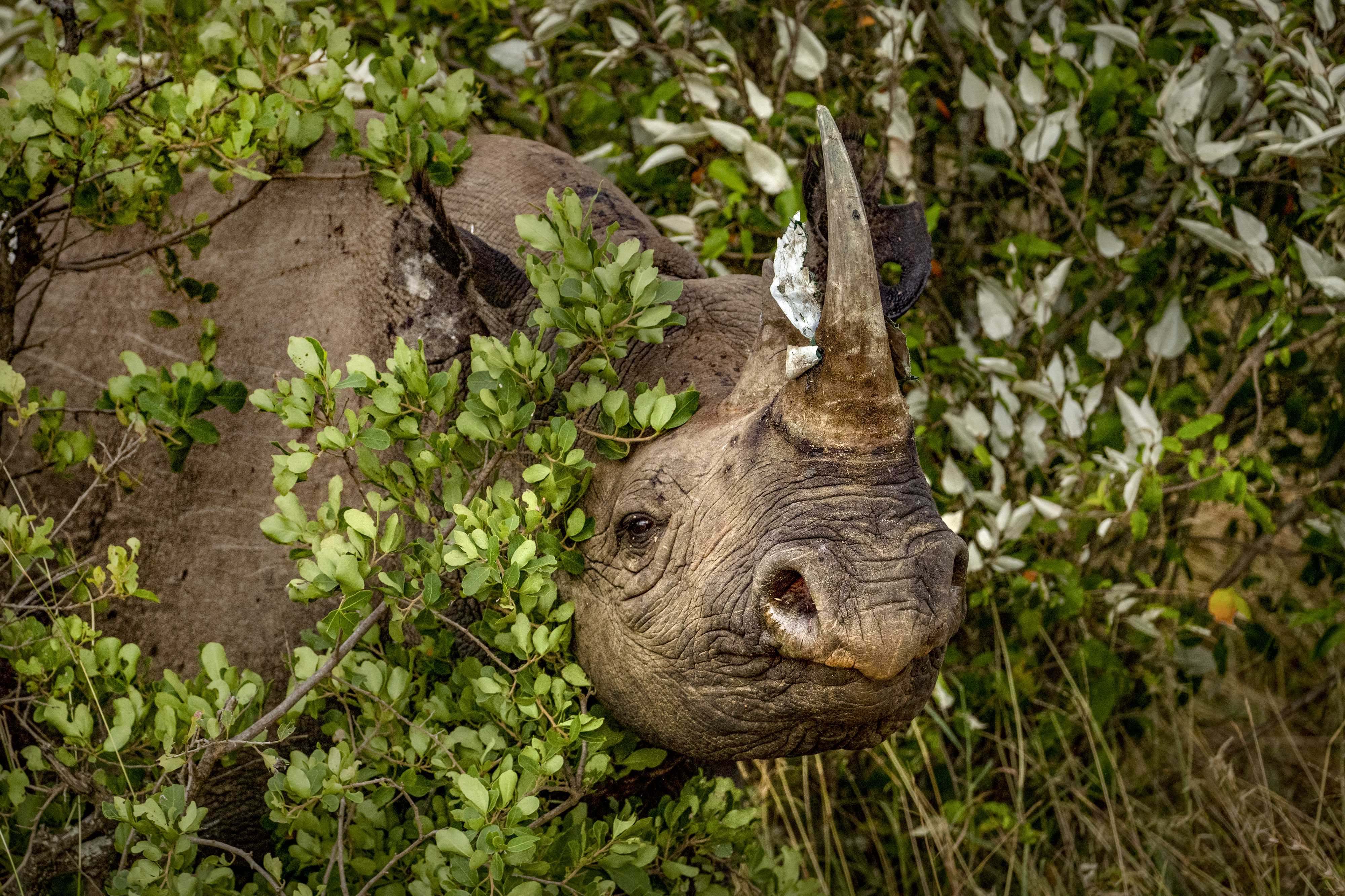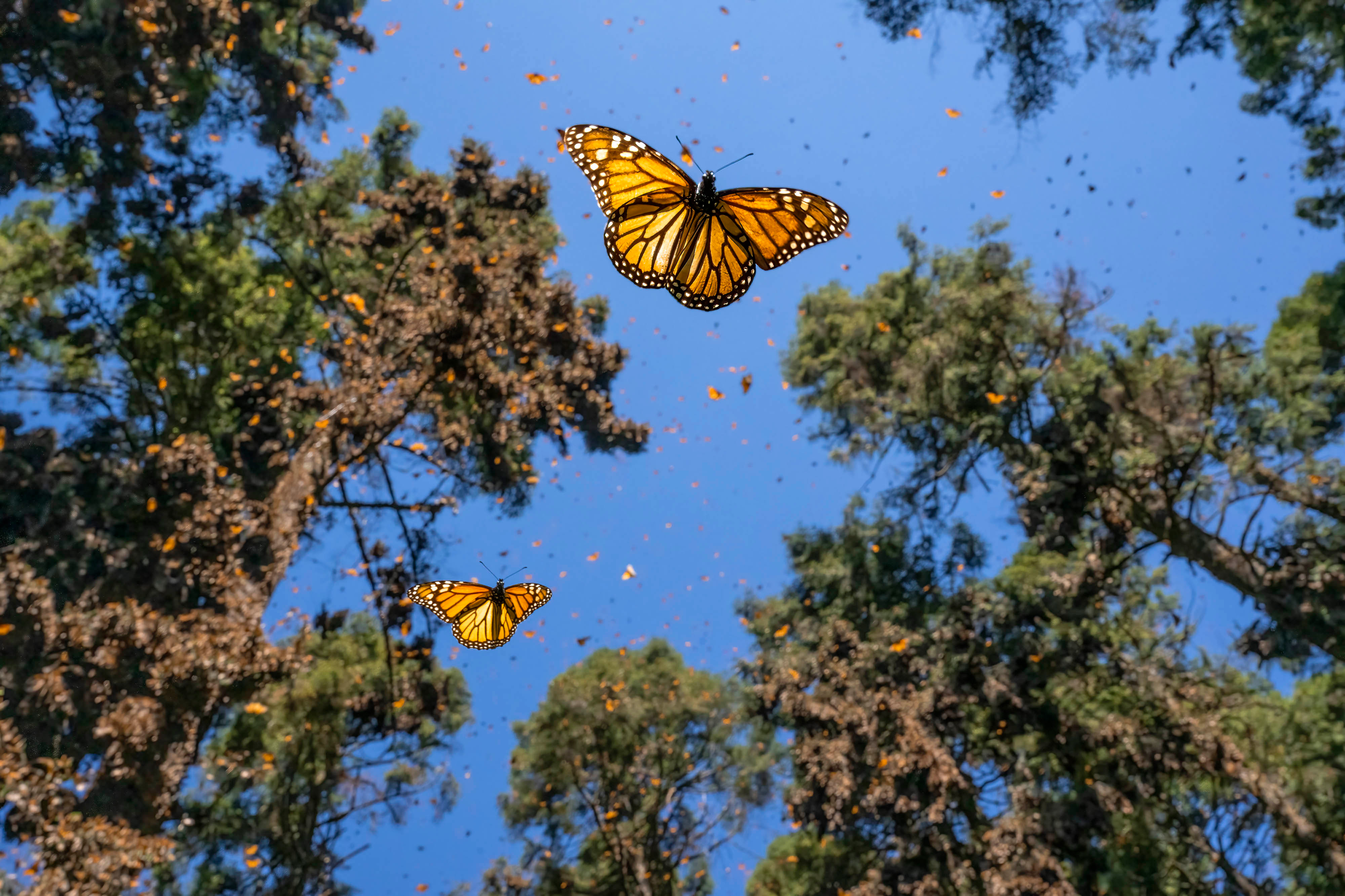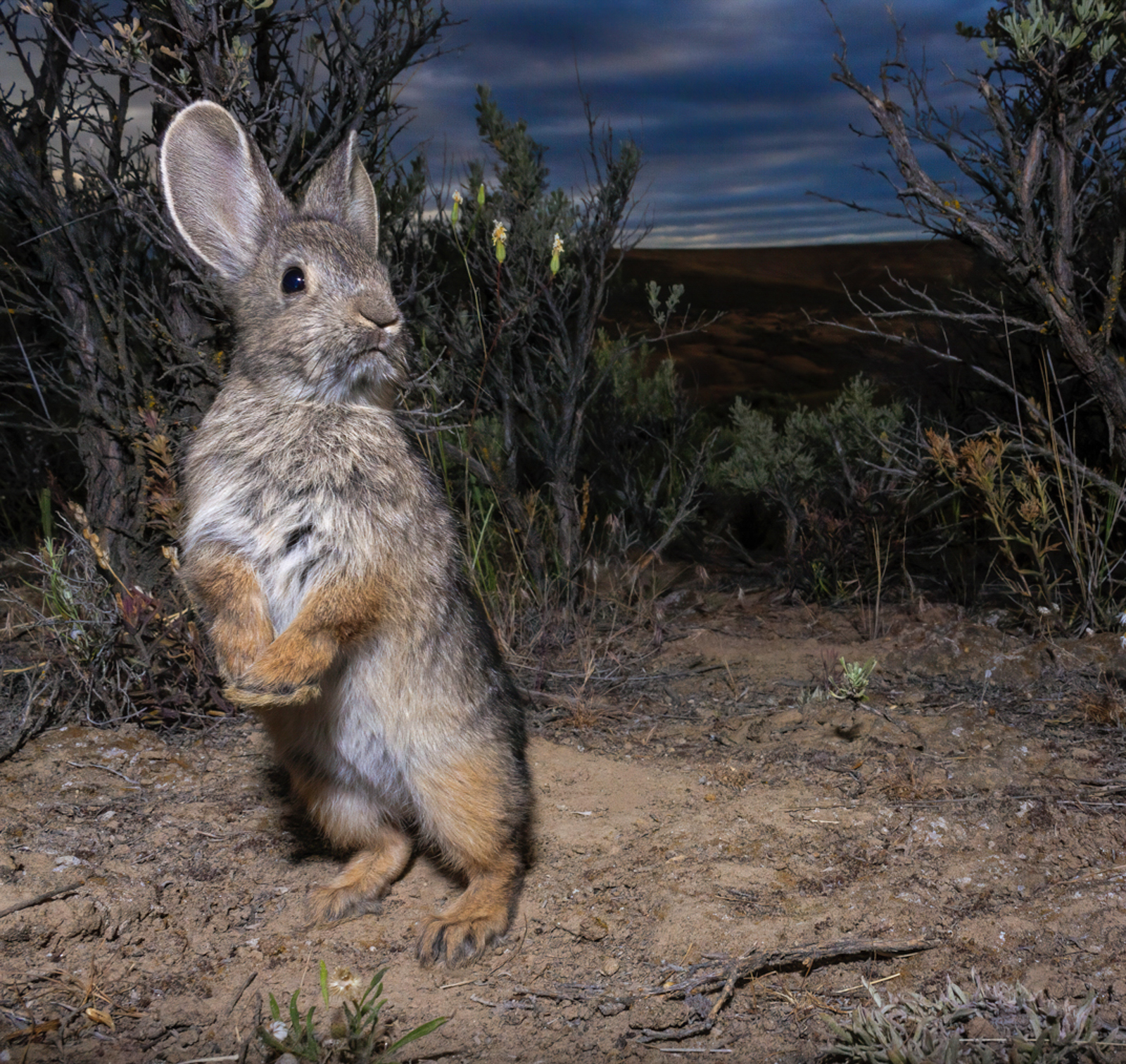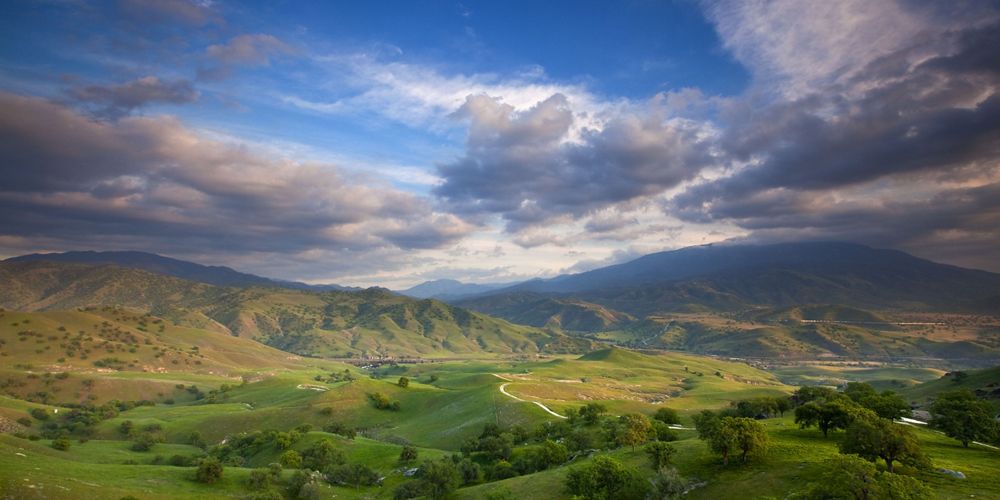TNC 2024 Global Annual Report
View or download the entire report as a PDF:
PDF in English | PDF en Español | 简体中文PDF
Please take a moment
to share your insights by completing our annual report survey.
Jennifer Morris
A Message From our CEO
At The Nature Conservancy (TNC), we view 2030 as a milestone year to reverse the climate and biodiversity crises.
Targets set by the Paris Climate Accords, the Global Biodiversity Framework and the U.N. Sustainable Development Goals outline a way forward, and there is broad agreement that humanity needs to make significant progress by then. That’s why we’re forging ahead toward our 2030 Goals, our most ambitious plans yet to build the one future we envision for our planet: a future with a livable climate, healthy communities and thriving nature.
As we near the halfway mark in this pivotal decade, I’m heartened by the progress we’re making toward that vision. But we also know that serious challenges lie ahead. As we navigate the path forward, I draw strength from TNC’s time-tested, collaborative approach. As you’ll see in the pages that follow, this past year we launched exciting new partnerships to scale climate and biodiversity progress, we influenced significant policies and public funding for our mission, and we continued to conserve important lands and waters.
What inspires me when I reflect on the past year is not just the scale of what we’re accomplishing, but the stories behind every success—the many voices around the world making our future possible. Behind every hectare of land, every river mile, every ocean area conserved are people—families and communities who depend on these places for their livelihoods and well-being.
I was reminded of this when I found myself huddled in a yurt alongside local community members and government leaders as we signed Eternal Mongolia, a historic agreement that will dramatically expand protection of the planet’s most extensive and intact temperate grasslands. The initiative unlocks the funding needed for Mongolia to protect 30% of its lands and waters by 2030, delivering lasting conservation and sustainable development while supporting the livelihoods of at least 24,000 households. It was incredibly special to be part of a traditional signing ceremony and spend time with the community to see directly how this work will benefit the people of Mongolia and the lands they call home.
We’re seeing similar successes for people and nature around the world, as countries increasingly turn to TNC for innovative solutions that simultaneously address their conservation, climate and economic development goals. For example, we closed on our fifth and sixth Nature Bonds deals in 2024, helping the Bahamas and Ecuador refinance their sovereign debt to generate hundreds of millions of dollars in new funding for conservation. Our efforts to support conservation economies also extended to Indonesia and the Congo, where we continued working with governments and partners to incentivize sustainable logging. Informed by TNC research, these programs help address economic development goals while also sustaining biodiversity and sequestering carbon.
In the United States, I am inspired by the voices of those who are benefiting from conservation policies, programs and public funding. Across the country, farmers, ranchers and family forest owners are speaking up about how funding from critical legislation like the Farm Bill and the Inflation Reduction Act is helping them revive their forests, improve the health of their grazing lands and keep their family farms.
As a science-first organization, our work is guided by rigorous data, grounded in decades of local on-the-ground experience and guided by the voices of those who live in the places where we work. All of the stories you’ll read in this report contain a set of common building blocks foundational to our success. As we ramp up the pace and scale of our work, we’re doubling down on the attributes that make us who we are: amplifying Indigenous and community leadership, pioneering innovative financial solutions, scaling policy and public funding, and identifying breakthrough science. For almost 75 years, we've drawn on these strengths to find solutions to some of the planet’s biggest challenges, and I’m confident we can and will achieve a future where nature and people thrive together.
Thank you for being part of our community, for your generous gifts, for your time and for your partnership. I’m deeply grateful for all that you do.
Quote: Jennifer Morris
What inspires me when I reflect on the past year is not just the scale of what we’re accomplishing, but the stories behind every success—the many voices around the world making our future possible.
2024 Conservation Highlights
Our Goals for 2030
We’re racing to hit these targets to help the world reverse climate change and biodiversity loss. Together, we find the paths to make change possible.
View Our Priorities-
3B
Avoid or sequester 3 billion metric tons of carbon dioxide emissions annually—the same as taking 650 million cars off the road every year.
-
100M
Help 100 million people at severe risk of climate-related emergencies by safeguarding habitats that protect communities.
-
650M
Conserve 650 million hectares—a land area twice the size of India—of biodiverse habitats such as forests, grasslands and desert.
-
4B
Conserve 4 billion hectares of marine habitat—more than 10% of the world’s oceans—through protected areas, sustainable fishing and more.
-
1M+30M
Conserve 1 million kilometers of rivers—enough to stretch 25 times around the globe—plus 30 million hectares of lakes and wetlands.
-
45M
Support the leadership of 45 million people from Indigenous and local communities in stewarding their environment and securing rights.
Spotlights From the Field
Financial Overview for Fiscal Year 2024
James Bond
A Message From our CFO
TNC’s fiscal year 2024 results reflect strong support for our conservation priorities and increased investment as we work toward our ambitious 2030 Goals. Robust market conditions also bolstered our fundraising efforts in addition to our investment portfolio returns.
Total support and revenue grew 19% compared with last year to $1.8 billion. Our fundraising efforts gained momentum as an increasing number of supporters stepped up to help fund our global conservation priorities: protecting land, ocean and fresh water; providing food and water to a growing population; and tackling climate change. This support included large-scale protection programs in the grasslands of Mongolia and the Great Bear Sea in Canada, as well as river restoration in the United States; sustainable forestry in Indonesia; and climate-smart agriculture, natural climate solutions and coastal resilience around the world.
From a market perspective, FY24 was generally a strong year for global stocks. This backdrop, in addition to strategic financial manager selection and risk management, benefited TNC’s endowment and long-term investment assets, which posted another year of gains. As a result, distributions from the investment portfolio reached an all-time high of $260 million during FY24. The portfolio is diversified across asset classes, with the goal of generating strong risk-adjusted returns over the long term while leveraging mission alignment as performance and impact tailwinds.
In addition to increased private funding and investment returns, we experienced growth in public funding. At the same time, we still have much work to do to fund the pace of our ambitions.
We continue to accelerate our investment toward reaching our 2030 Goals, with our spending on conservation activities and enabling functions growing by double digits compared with last year.
The next few years will be critical to achieve the pace required to meet our 2030 Goals. We remain committed to investing in our priorities and continuing to build a network of generous supporters who help make these ambitions a reality.
Contributions and Efficiency
“Our fundraising efforts gained momentum as an increasing number of supporters stepped up to help fund global conservation priorities.”
James Bond, Chief Financial Officer, The Nature Conservancy
Financial Summary
For the fiscal years ending on June 30, 2024 & 2023 (in thousands)
Note: The figures that appear in the financial summary shown are derived from the 2024 & 2023 consolidated financial statements that have been audited and have received an unmodified opinion.
| 2024 | 2023 | |
|---|---|---|
| Dues and private contributions | $1,005,855 | $874,999 |
| Government contributions | $175,565 | $138,987 |
| Total Dues & Contributions | $1,181,420 | $1,013,986 |
| Investment returns | $331,087 | $302,633 |
| Other income | $142,681 | $139,593 |
| Land sales and gifts | $173,734 | $78,266 |
| Total Support & Revenue | $1,828,922 | $1,534,478 |
| 2024 | 2023 | 2024* | 2023* | |
|---|---|---|---|---|
| Conservation activities and actions | $957,620 | $816,931 | 62.4% | 59.8% |
| Purchases of conservation land and easements1 | $161,700 | $159,165 | 10.6% | 11.6% |
| Total conservation program expenses & purchases of conservation land & easements | $1,119,320 | $976,096 | 73.0% | 71.4% |
| General and administrative | $223,535 | $214,602 | 14.6% | 15.7% |
| Fundraising and membership | $189,429 | $176,058 | 12.4% | 12.9% |
| Total Support Services | $412,964 | $390,660 | 27.0% | 28.6% |
| Total Expenses & Purchases of Conservation Land & Easements | $1,532,284 | $1,366,756 | ||
| Net Result—Support & Revenue Less Expenses & Purchases of Conservation Land & Easements2 | $296,638 | $167,722 |
* % of each dollar spent
| 2024 | 2023 | |
|---|---|---|
| Conservation lands | $2,486,519 | $2,456,087 |
| Conservation easements | $2,551,361 | $2,489,008 |
| Investments held for conservation projects | $1,584,542 | $1,592,106 |
| Endowment investments | $1,587,776 | $1,520,040 |
| Planned-giving investments | $398,564 | $359,793 |
| Property & equipment (net of depreciation) | $178,339 | $160,226 |
| Other assets 3 | $1,074,711 | $998,126 |
| Total Assets | $9,861,812 | $9,575,386 |
| Accounts payable and accrued liabilities | $149,108 | $146,901 |
| Notes payable | $1,041,947 | $1,141,008 |
| Other liabilities 4 | $498,285 | $420,809 |
| Total net assets | $8,172,472 | $7,866,668 |
| Total Liabilities & Net Assets | $9,861,812 | $9,575,386 |


